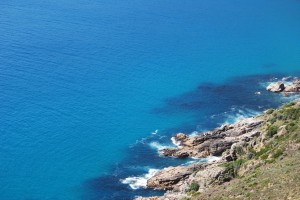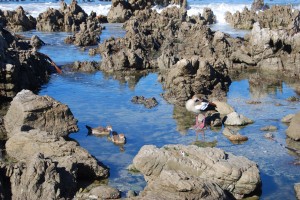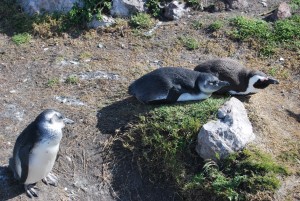 “The < sea shapes the character of earth, governs climate and weather, regulates temperature, and comprises much of the biosphere – yet it remains largely unknown. It is not, however, untouched. Everywhere, the changes brought about by humankind are evident.” – Oceanographer, Dr Sylvia Earle
“The < sea shapes the character of earth, governs climate and weather, regulates temperature, and comprises much of the biosphere – yet it remains largely unknown. It is not, however, untouched. Everywhere, the changes brought about by humankind are evident.” – Oceanographer, Dr Sylvia Earle
The ocean is the very foundation of Earth’s life support system for the sea shapes the character of the planet. Always in motion and responsive to the immense forces of the Earth’s rotation and the gravitational pull of the sun and moon, the sea exerts its influence far and wide.
For more than four billion years, the sea has controlled the destiny of life on the planet. It is the very foundation of Earth’s life support system, not only powering the climate and weather patterns of the continents, but supplying up to 80% of the globe’s oxygen and storing and cycling some 93% of its carbon dioxide.
Climate and weather patterns are powered in a continuous, interactive cycle of energy exchange between the atmosphere and the ocean. In summer heat is absorbed and in winter heat is released by the sea with ocean currents evening out air temperatures to a global mean temperature of 15°C.
The sea plays a vital role in planetary chemical cycles such as the carbon, nitrogen, phosphorus and oxygen cycles. It drives other important fundamental cycles such as the rainfall cycle, without which all life on the continental plates would perish. It shapes land configurations and the character of land formations. It holds much of the Earth’s biomass and is a reservoir of biodiversity. The sea is also a heat sink capable of maintaining the Earth’s temperature for a period of time.
 Far from being featureless interlocking expanses of water held in vast uniform basins like tea in a smooth porcelain cup, the ocean represents one of the most diverse and extreme environments on the planet. Comprising 90% of global habitats, marine environments are inhospitable worlds of perpetual darkness; near freezing water temperatures; and water pressures that can crush a man to soup within seconds.
Far from being featureless interlocking expanses of water held in vast uniform basins like tea in a smooth porcelain cup, the ocean represents one of the most diverse and extreme environments on the planet. Comprising 90% of global habitats, marine environments are inhospitable worlds of perpetual darkness; near freezing water temperatures; and water pressures that can crush a man to soup within seconds.
On the other side of the coin, or the blue divide, marine environments are also warmly benign and abundantly rich in colourful plant and animal life. The sea is immensely powerful, capable of generating tsunami waves that race along its surface at speeds of up to 800 kilometres per hour in wave lengths of over 150 kilometres. Geography of the ocean floor is in many places more spectacular than that of the continental plates, with mid-ocean trenches plunging further below sea level than Mount Everest soars above it. Yet it is a fragile realm vulnerable to external influences.
(Excerpt from the book Miracles of Hope: Surviving and Thriving in the 21st Century by Carole Knight)
